Ford Pick Ups Bronco 1973 1979 Haynes Service Repair Manual
Ford Pick-ups and Bronco 1973 to 1979 F100 to F350 Haynes repair manual NEW
Ford Pick-Ups Bronco 1973 - 1979 Haynes Owners Service Repair Manual covers: All full size Pick-Ups F-100 to F-350 and Bronco 6 Cylinder and V8 engines 1973 - 1979 240 and 300 cubic inch six-cylinder inline and 302, 351, 360, 390, 400 and 460 cubic inch V8 petrol engines are covered with 3- and 4-speed manual and 3-speed automatic transmissions and rear or four wheel drive. NOTE: The vehicles described are those marketed in North America and might differ from those sold in Australia .Inside this manual you will find: Routine Maintenance, tune-up procedures, engine repair, cooling and heating, air-conditioning, fuel and exhaust, emissions control, ignition, brakes, suspension and steering, electrical systems and wiring diagrams.Haynes repair manuals can save you money on maintenance and repair bills. Step-by-step procedures and illustrations guide you through every job, from basic maintenance and troubleshooting, to complete teardown rebuild. Table of contents: Introduction |
The F-Series is a series of full-size pickup trucks from Ford Motor Company sold for over six decades. The most popular variant of the F-Series is the F-150. It was the best-selling vehicle in the United States for 24 years and has been the best-selling truck for 34 years, though this does not include combined sales of GM pickup trucks. In the tenth generation of the F-series, the F-250 and F-350 changed body style in 1998 and joined the Super Duty series. Because smaller communities in Canada had access to either a Ford dealer or a Lincoln-Mercury-Meteor dealer, but not both; a Mercury-badged version was sold at Lincoln-Mercury-Meteor dealers there from 1946-1968. Other than the grilles, trim, and nameplates, these trucks were identical to their Ford counterparts.
The truck was redesigned in 1973; the grille for the 1973 model year featured two silver-metallic plastic inserts divided by an aluminum bar that was part of the main grille frame, with the letters "F O R D" spaced out in a thin rail in the upper part of the grille. Large round headlights were on either side of the grille with the park/turn signal lamps placed above in the same rail where the "FORD" lettering was. Medium-duty models, however, weren't redesigned as drastically as the light-duty trucks. In fact they were incredibly similar to the fifth-generation medium-duty F-Series trucks. In 1976, this familiar "split-grille" design was facelifted slightly to feature black accents around the headlights and a refined appearance overall. In 1978, the round headlight design was retained for the regular Ranger and Custom trim levels. The XLT and "Lariat" trim level incorporated rectangular headlights with optional chrome headlight doors and chrome grille insert. The split grille design was overhauled in favor of a single-piece grille insert design. The headlights were also placed in a more stylized "insert" themselves, and the park/turn signal lamps were now placed below the headlights. Additionally, a new chrome-plated "F O R D" letter set could now be seen on the hood immediately above the grille. A luxury Lariat trim was also introduced for 1978. In 1979, the round headlights were replaced by rectangular headlamps across all the trim levels and the surrounding grille insert that framed the headlamps was now available in either black, or chrome to match that of the aluminum grille frame. In 1973, a new model was offered, the F350 SRW (single rear wheel) pickup. These were a new heavy-duty pickup with contractors and camping enthusiasts in mind. The trucks rode on a longer-wheelbase chassis but were the same overall length as an F250 pickup. If you ordered the Camper Special package on an F350 SRW it became a Super Camper Special which was designed for the much heavier slide-in campers coming on the market at that time. Other changes included the 1974 introduction of the extended super cab version. The F-150 was introduced in 1975 to help circumvent coming emissions requirements. These came with a maximum payload of 2,275 lb (1,032 kg) when properly equipped. With the 1/2 ton F-100 still in production, the new F-150 was referred to as the "heavy half" ton by some people. In 1976, the F-series became the best-selling truck in America, a position it has continued to hold since. This generation is noted for the durability of the body panels as Ford used extensive amounts of galvanized sheet metal to fight corrosion. 1977 was the first year for smaller cowl insignias moved near the windshield and the last year for the medium-duty F-500. The GVWR ratings for these trucks was tied to a combination of wheel, spring, axle and brake combinations. The series code on the ID tag denotes which model and from that it can be determined what weight rating each vehicle has. 4×4 trucks can also be identified by the VIN number and on the ID plate as a serial number. For example, F10 is an F-100 2-wheel drive, but F11 is an F-100 4×4, and so on. Serial numbers beginning with an "X" are SuperCab models. Starting in 1978, Ford redesigned their Ford Bronco and based it upon the F-150. The Bronco was now virtually identical to the F-150, except for the unibody design structure. The new Bronco incorporated design characteristics which eliminated leaky roofs and body flex associated with other full size removable top utility vehicles of the era. This allowed Ford to compete better with the Chevrolet Blazer by offering a larger and more luxurious SUV while minimalizing production costs since many (especially the most complex and expensive) parts were shared with the F-series trucks. The Bronco was only offered with the 351M and 400 V8 engines
Ford Pick-ups and Bronco 1973 to 1979 F100 to F350 Haynes repair manual 1974 1975 1976 1977 1978 NEW
.

 0 Items (Empty)
0 Items (Empty)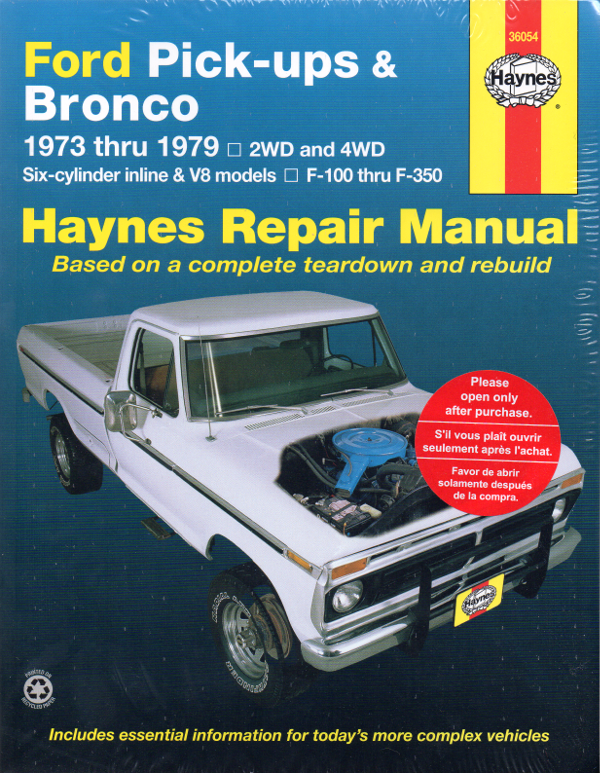

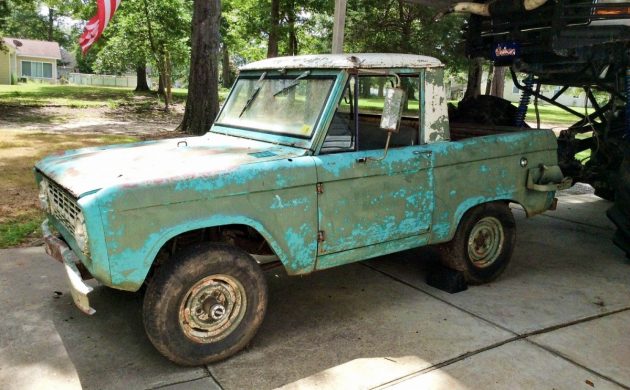
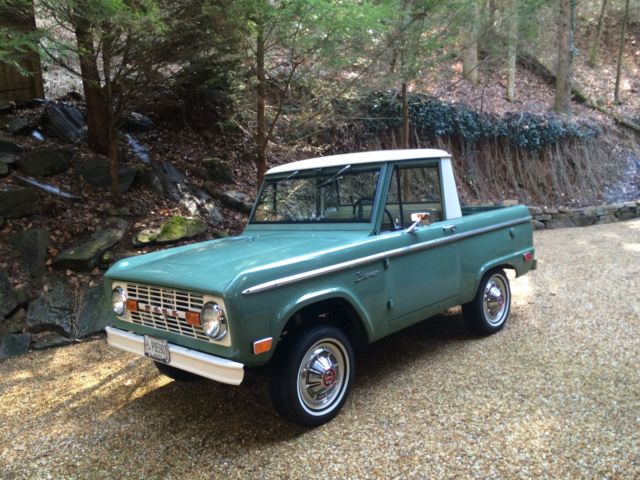
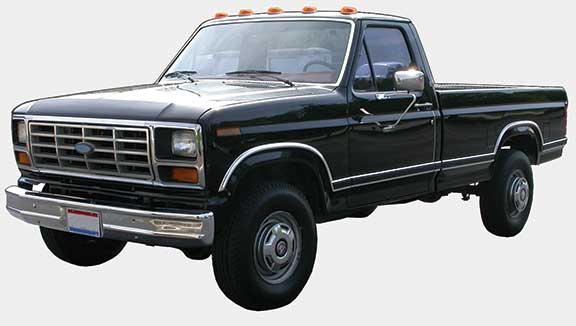
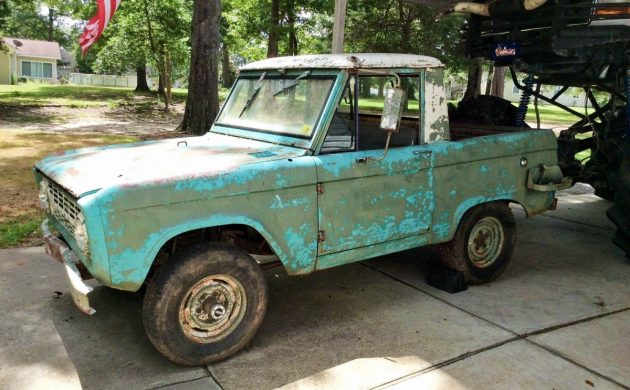
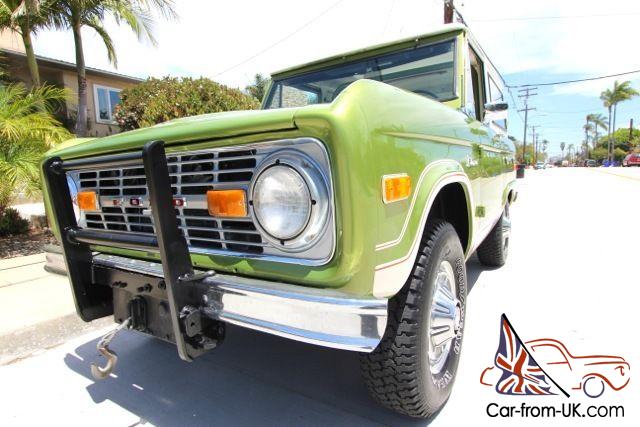
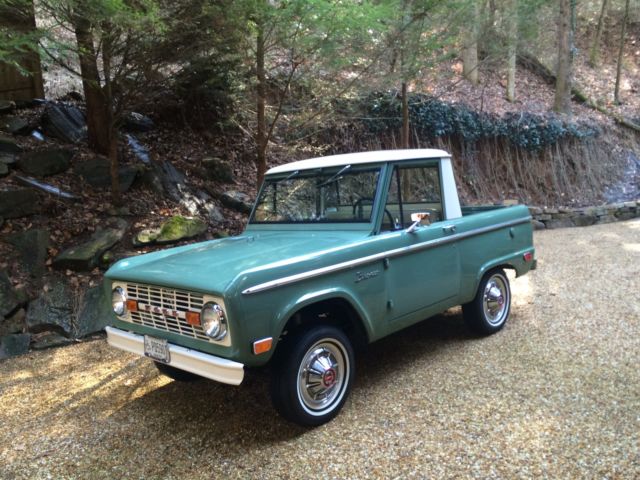 >
>